Rance Tidal Power Plant
Wednesday, 9th December 2009 by Ian Brown
The world’s first and largest tidal power generation facility is located on the Rance River in north-western France.
The estuary of the Rance River sees tides averaging 8 metres between low and high tide, and up to 13.5 metres in extreme conditions. This makes it an ideal location for tidal power - a concept first explored in the 1920s, but not studied in detail until 1943. Construction on a tidal barrage began in the early 1960s, when the Rance was blocked by 2 dams because the strong tidal forces would have made building work impossible.
The 750m long barrage of the Rance River tidal power plant was completed in 1966. It houses 24 turbines which were connected to the national grid the following year and can generate up to 240 MW. The barrage also serves as a bridge for highway 168 meaning we get a Street View perspective.
While tides alone can generate a fair amount of power, the Rance is particularly well-suited to power generation because the strong incoming tides force water into a basin at a slightly higher altitude, from which it drains at low tide, providing constant water flow for the turbines. The turbines originally only worked with outgoing flow from the river, but were upgraded in 1997 to work in both directions.
A canal lock at the western end of the barrage allows boat traffic to pass, with a drawbridge for larger vessels. The rest of the river is roped off on both sides of the barrage to prevent boats from entering the turbulent waters caused by rushing tides.
The power plant attracts a couple of hundred thousand tourists each year – as evidenced by the collection of campers in the parking lot.
Scientists regularly monitor the effect of the barrage on the estuary’s environment – some species have disappeared, while others have moved into the modified conditions.
Other high-tide locations are experimenting with tidal power, including the Bay of Fundy in Canada and Strangford Lough in Northern Ireland, with environmental impact a serious concern in most locations.
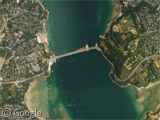
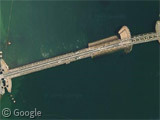
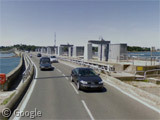
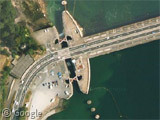
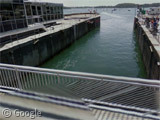
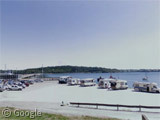

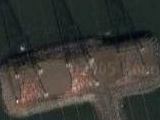
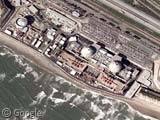

Sharing statistics
Share this site